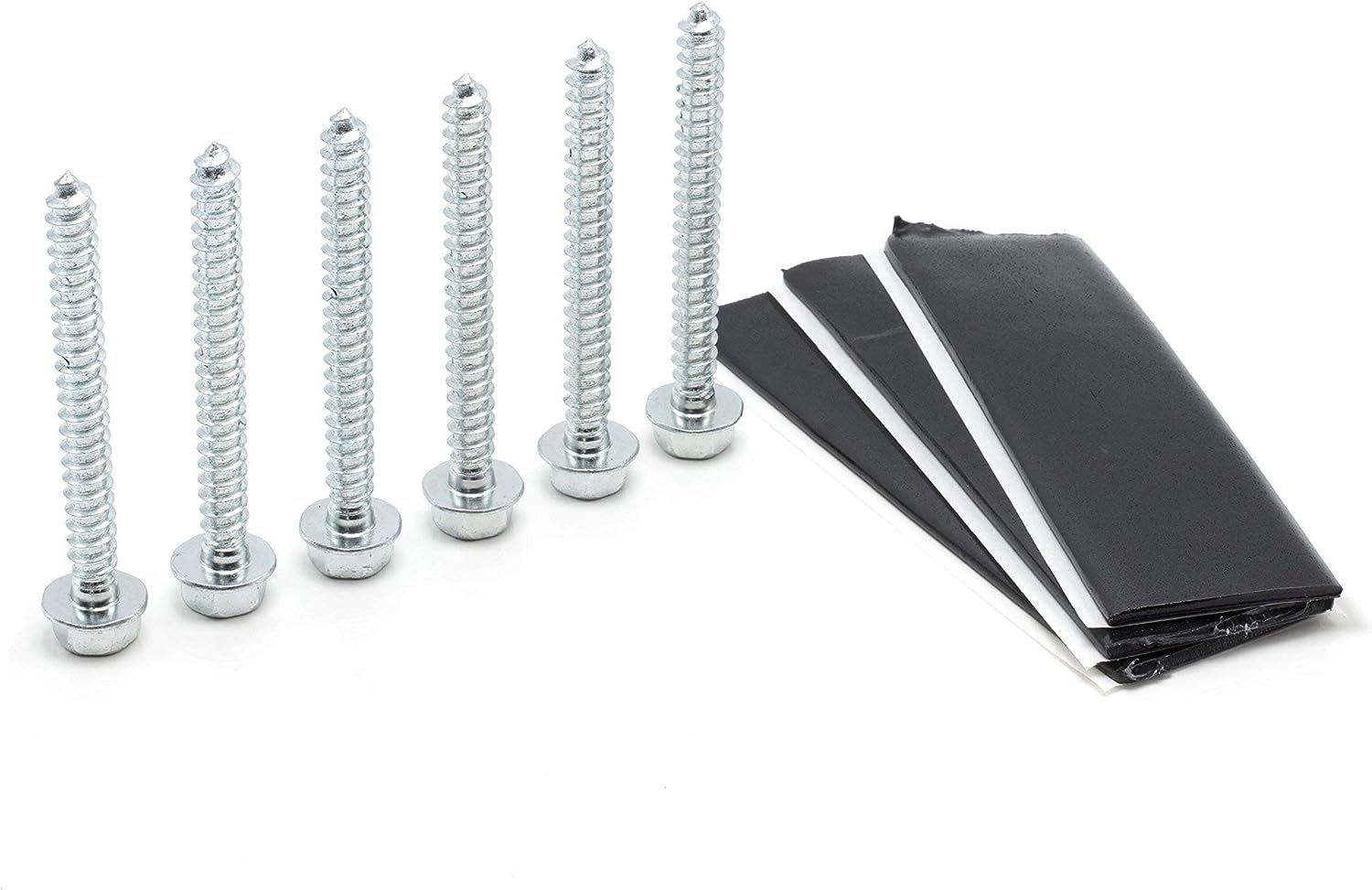Flat head screws are used in a variety of applications. Understanding the differences between various screw types can help you choose the correct fastener for your projects.
Flat heads require a countersunk hole and provide a flush, clean look. They are ideal if your screw will be exposed like on upholstery edges, or if you are mounting hardware with flat screw holes such as a mast plate.
Threaded Shaft
The threaded shaft of a screw is the component that is actually doing all the work in a fastener system. The shaft can be either internal or external, and it is important to have the correct one for the job that needs to be done.
Newport Fasteners provides a wide variety of different head types to suit various applications and needs. Some types have a specific purpose while others are more decorative in nature.
Flat head screws feature a flat top surface which can be shaped to accept a slotted, phillips or allen driver. The bottom of the head is either cone shaped or countersunk to sit flush with the product surface, which has many advantages. There are also variations on the flat head design such as the modified truss head style which creates a larger bearing surface and the oval undercut head for shorter screw sizes to allow shallower countersinking.
Countersunk Head
The head of a countersunk screw is tapered and angled downward so it sits flush with the surface of the material into which it’s installed. This design eliminates the need for a screw driver to protrude above the surface and provides an aesthetic finish.
Countersunk screws are commonly used in woodworking applications, such as furniture-making. Non-countersunk screw heads protrude from the surface and expose the threads to potential damage when a worker uses a screwdriver.
When determining what size drill bit to use to create a countersink hole, it’s important to consider the screw’s head angle. There are many different head angles, the most common being 82 degrees for inch-sized fasteners and 90 degrees for metric fasteners. Some fasteners also feature a special undercut design, which allows for deeper countersinking than standard flat heads. These include the oval head, bugle head, and modified truss head. Screws with an undercut head can be used in materials that require a stronger drive, such as drywall.
Socket Set Screw
A socket set screw is a type of fastener that can be driven with a special internal-wrenching drive like a hex key or Allen wrench. This type of screw typically features a headless body and can come in various point types including plain, knurled cup, flat, half dog, and cone.
When installing a socket set screw it is necessary to first drill the appropriate size hole into which it will be installed. Before drilling, it is recommended to wrap the tip of the screw with blue tape. This will help prevent over-drilling and ensure that the screw is drilled at the correct depth.
The tip of a socket set screw is what provides it with the gripping force that it uses to hold objects in place. These tips can be flat which causes the least amount of surface damage, knurled for extra gripping strength, or protruding cylinder that locks into a mating hole. A cone point is also available which provides the strongest torsional and axial holding power of all the different points types.
Flat Head Screwdriver
The flat head screwdriver has been a workshop and toolbox mainstay since its invention back in the 1500s. It’s a versatile and inexpensive tool that can be used for a wide range of tasks. From hanging pictures to opening bottles, this tool has an endless number of uses.
There are many different types of flathead screwdrivers, including the Phillips cross-head and Pozidriv. The Pozidriv screwdriver bit fits into the Phillips head so that it stays put and applies more torque to the fastener when driving it.
One of the biggest challenges when using a flathead screwdriver is avoiding the temptation to pry too hard with it. Doing so can damage the tip and cause it to snap off. It’s also a good idea to replace a screwdriver if it starts to show signs of wear, like rust build-up or an inability to turn fasteners without slipping. There are even non-sparking and corrosion resistant screwdrivers for use in petrochemical, grain production (explosive-dust), utilities, and hazmat applications.
